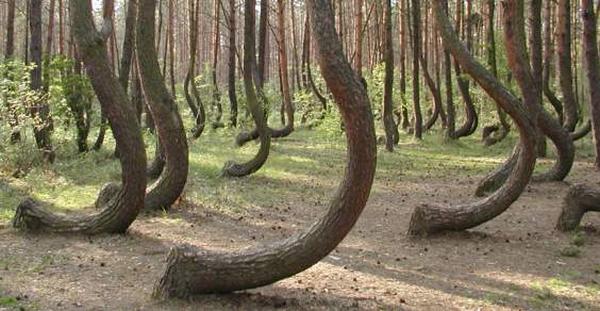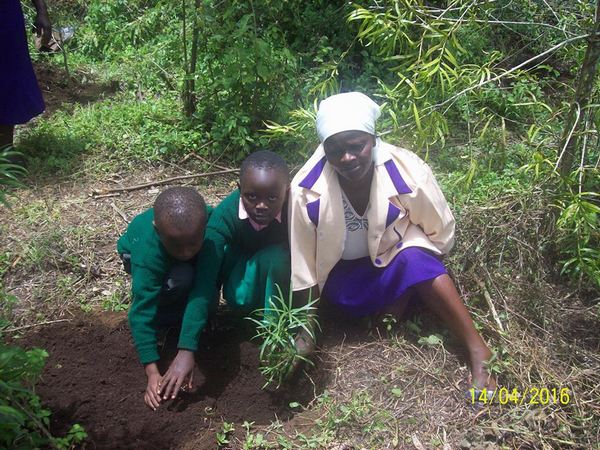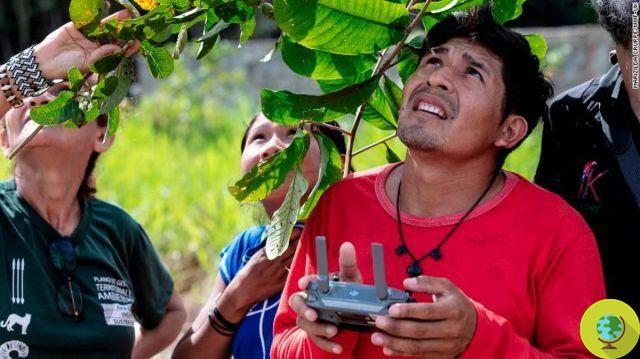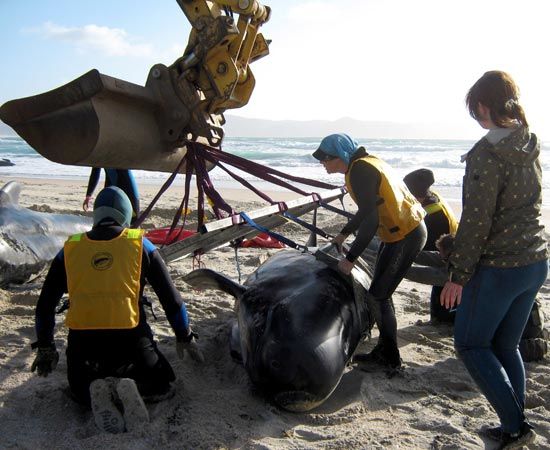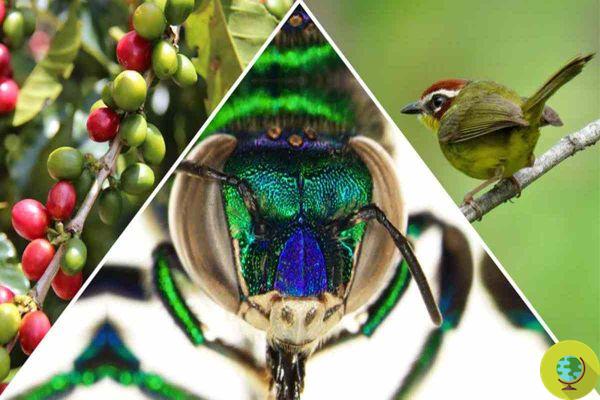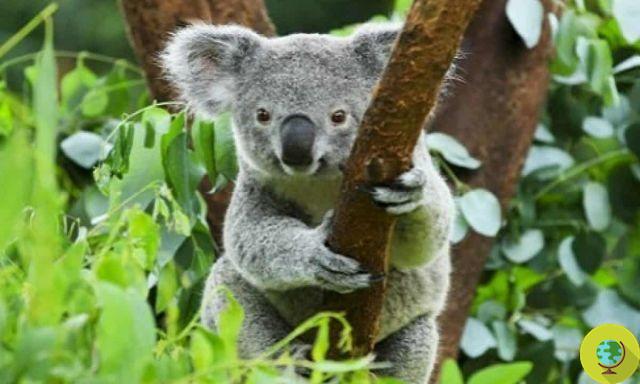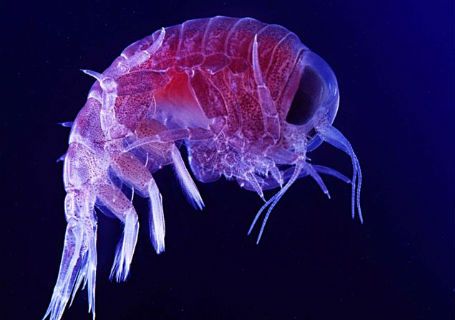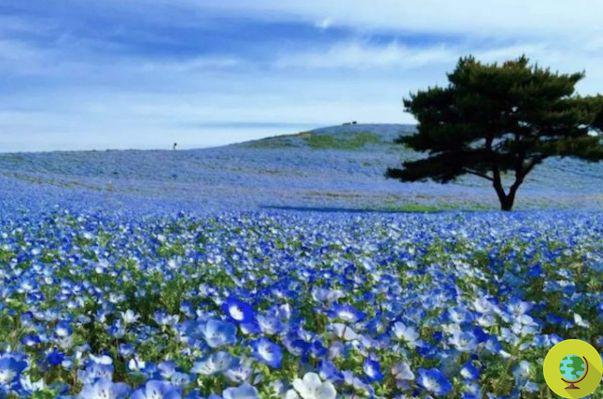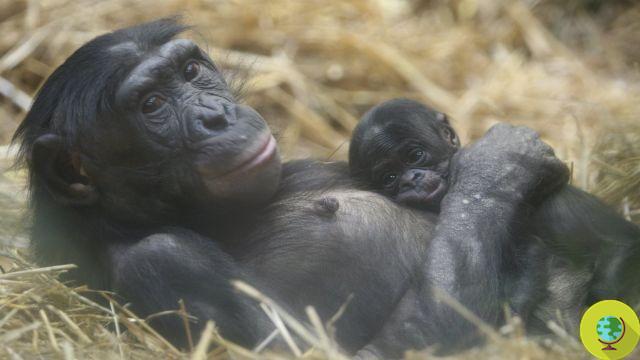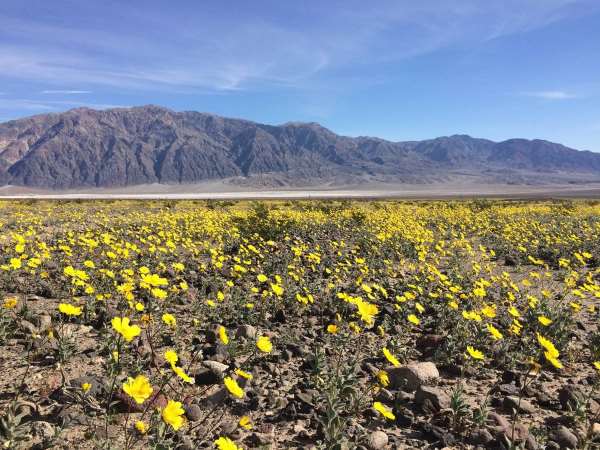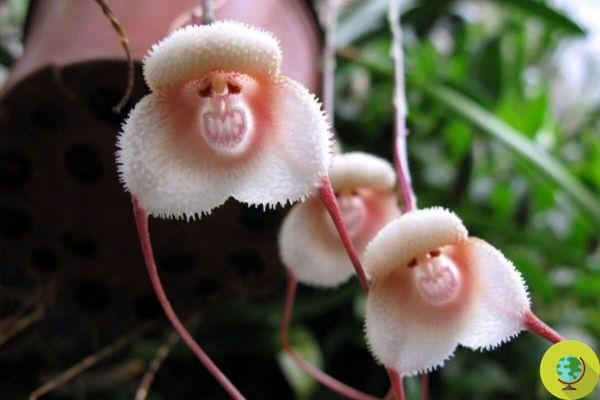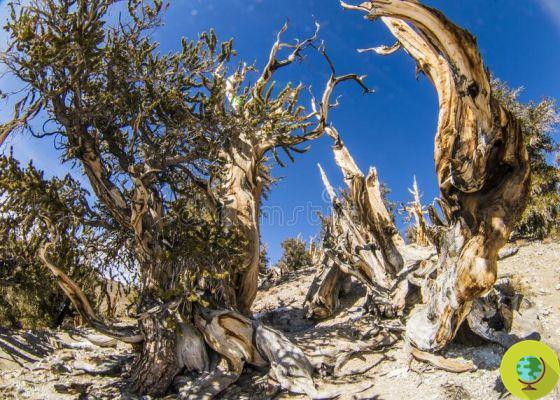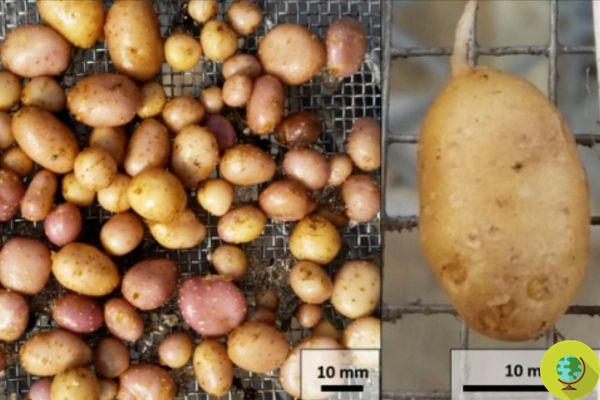
This tiny tuber could help science develop more suitable plants in response to climate change
He is about to end up run over, his mother saves himThis tiny tuber could help science develop more suitable plants in response to climate change
We know that the potato is a food imported into Europe by Christopher Columbus, after the discovery of America. But few know that this tuber is also one of the oldest plants grown by Native Americans and consumed in the diet many thousands of years ago. At the time, it was a "wild" potato that grew spontaneously in the area now occupied by the southwestern United States: Solanum jamesii. A few years ago it was found at the site of a prehistoric settlement dating back more than 11.000 years - the earliest evidence of the use of potatoes in North America.
Today this potato is no longer cultivated, replaced by “domesticated” varieties more suited to the standards of industrial production. But what if there was a way to reintroduce it into modern nutrition? Its presence in our diets could represent an important turning point: despite its very small size (a dozen of these fit comfortably in the palm of a hand), the wild potato is very rich in nutrients and minerals. Contains twice the protein, zinc and manganese and three times the amount of calcium and iron of a normal potato. This is why for the natives who collected it, its value went beyond mere nourishment: they used it as medicine, and as part of religious ceremonies.
But not only. The wild potato is also known for its incredible endurance: it is able to withstand disease, frost, but also drought - a "gift" that is becoming increasingly important due to climate change. In periods of intense drought and lack of water, these tubers remain dormant and can survive this way for up to 16 years if necessary. Basically, natural food insurance even for times of famine - just like a seed bank.
That's why researchers are working with indigenous communities to understand the secrets of growing this tuber: obviously most of the harvest ends up in the hands of the local people who care for it, but scientists need the seeds and sprouts to create a super - potato able to withstand the diseases and drought that awaits us in the coming years due to global warming. This ancient tuber could really represent a revolution for the future of our diet.
Follow your Telegram | Instagram | Facebook | TikTok | Youtube
Source: PNAS
We also recommend:
- Purple potatoes, all the benefits and how to cook this health tuber with exceptional properties
- Plants are dying out faster than animals
- Counterorder! Plants cannot purify the air in the house: it is too polluted




